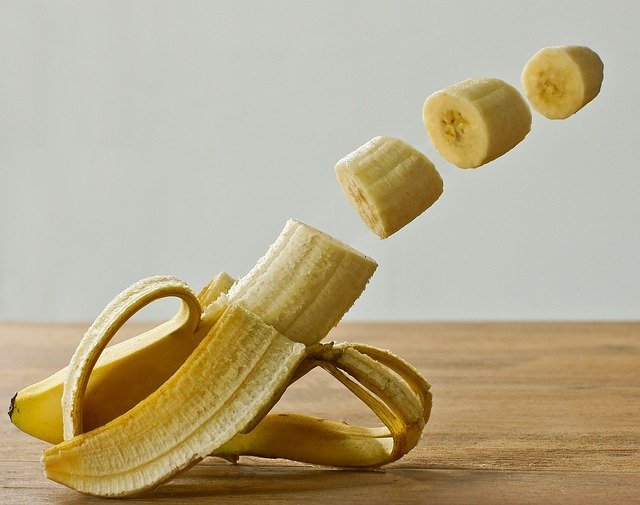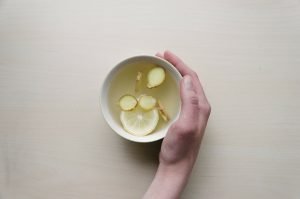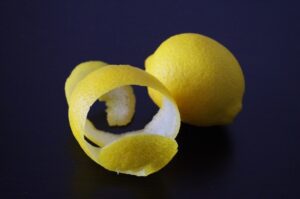Health benefits of banana

It’s sweet flavor, its attractive yellow tone and its creamy pulp with an unmistakable aroma are a claim on the palate, but there is perhaps another reason why the banana has conquered the table of the five continents: this tasty fruit, protected by a hygienic wrapping Natural that preserves it from external contamination and makes it easy to transport, it is so comfortable to peel and eat that it can be enjoyed anywhere, without the need for a napkin or knife.
Not surprisingly, it is one of the favorite fruits of many children and older people, although it is also ideal for hikers and students, since its ability to seduce and its practicality is added to its nutritional wealth and great energetic power.
The word “banana” seems to come from the Greek through the Latin platanus , which shares the root with plates or “flat”, possibly in allusion to the shape of the leaves of the bush, huge and very wide. It has been its botanical name, Musa paradisiaca, which has paid tribute to it, evoking its origin in tropical orchards.
Banana, originally from Southeast Asia, took root very early in India, where it was offered to the deities and was considered an ideal food to keep the body and mind healthy.
It is believed that it was the armies of Alexander the Great who brought him to the Mediterranean, where his cultivation was established around the 7th century. He arrived in the Canary Islands in the 15th century from Guinea and, from the archipelago, the Spanish conquerors took him to Santo Domingo and Jamaica, to later extend the plantations throughout the rest of the Caribbean and Latin America.
Banana is the main crop of the Canary Islands. 95% of national consumption comes from the archipelago. The mild subtropical climate allows the crops to have a slow development, with which the fruit reaches a privileged degree of maturity with a high quality concentration of nutrients and aromatic substances.

Banana Properties
The pulp of the ripe banana contains simple sugars – glucose, dextrose and sucrose – which are transformed into immediate energy. That is why it is highly recommended at all ages to recover energy between meals or while making a great physical effort.
Its protein content is discreet (1.1 / 100 g) and the presence of almost zero fat (0.2 g / 100 g). In addition, it is free of cholesterol. It is a fruit very rich in potassium (382 mg / 100 g) and magnesium (36 mg / 100 g).
Also in vitamins, especially beta-carotene (38 mcg / 100 g), vitamin C (11 mg / 100 g) and folic acid (23 mcg / 100 g). Its fiber content is 3%. Consumed in moderation it is appropriate even on weight loss diets.
Banana Health Benefits
ANEMIA OR FATIGUE
The banana is very helpful to regain strength. If consumed after exercising, it increases resistance capacity as it provides an excellent combination of carbohydrates and potassium, both necessary for muscle activity. In fact, many athletes take it before or during competition.
It also provides B vitamins, essential for the production of energy in the cells. A medium banana provides 20% of the vitamin B6 that is required daily and 12% of the folic acid. Furthermore, these vitamins protect the immune and nervous systems.
LOWERS BLOOD PRESSURE
Thanks to potassium, it is shown to be effective in reducing high blood pressure. A banana provides about 15% of an adult’s daily potassium needs.
FIGHTS CONSTIPATION
Green bananas improve intestinal transit due to their starch and non-assimilable carbohydrate content, although they are more indigestible and can also cause flatulence. On the contrary, the mature ones are advised in case of diarrhea because they soften the inflamed digestive mucosa .
REDUCES ACIDITY
The remarkable alkalinity of the banana allows to combat acidosis (excessive acidity of the blood) and in general to increase the alkaline reserves of the organism.
HEARTBURN
Well ripened and taken before meals, it neutralizes excess gastric acidity and calms heartburn.
ARTHRITIS AND GOUT
Its consumption is useful to deal with rheumatic processes, arthritis and gout. It helps, along with a vegan-oriented diet, eliminating excess acids retained in the body.
NEPHRITIS
Its low sodium content, combined with the high presence of potassium, prevents fluid retention and the formation of edema. It is recommended in cases of nephritis (inflammation of the kidneys) and kidney stones.
Recommended: Mitochondria: the engine of your body
Banana in the kitchen
In the Canary Islands two varieties are cultivated, the small and the large dwarf, derived from the Musa cavendishii or sinensis, of Chinese origin, characterized by its golden yellow color speckled with dark specks, a compact soft pulp and great wealth of potassium. When consumed at its point, it is the tastiest variety.
The specimens must be intact, without bumps or bruises, and not too soft. The color of the skin indicates the degree of maturity. You should not pay attention to dark spots or spots, which do not affect the quality of the piece. The Canarian banana is smaller than the banana, but tastier, creamier and richer in potassium.
SWEET RECIPES
With banana and vegetable milk or fruit juices, excellent smoothies are prepared , more creamy and nutritious, and less fatty, than those made with cream or ice cream. It is also common to try bananas in buns, biscuits, cookies, puddings, mousses and ice cream.
DRIED BANANA: A DELICIOUS SNACK
A delicious way to eat bananas, very popular in America, is like dried fruit. As drying intensifies the sweetness, it is usually used in pastry, as an energy snack. It can also be used in salads and stews, such as dried apricots or raisins.
The dry male banana also produces a fine and nutritious flour. This very aromatic flour can be included in the preparation of biscuits, muffins or crepes. Some companies already enrich pasta such as macaroni or noodles, but the most common use is for thickener of sauces or soups and for the preparation of all kinds of porridge.







